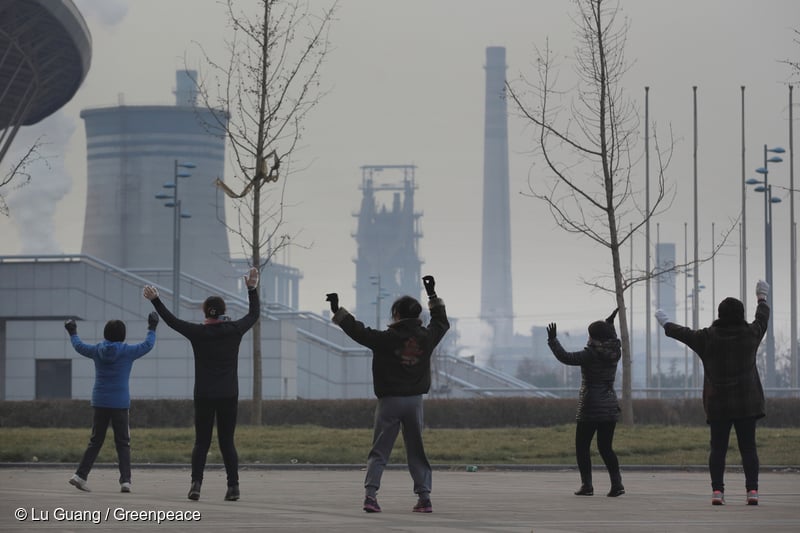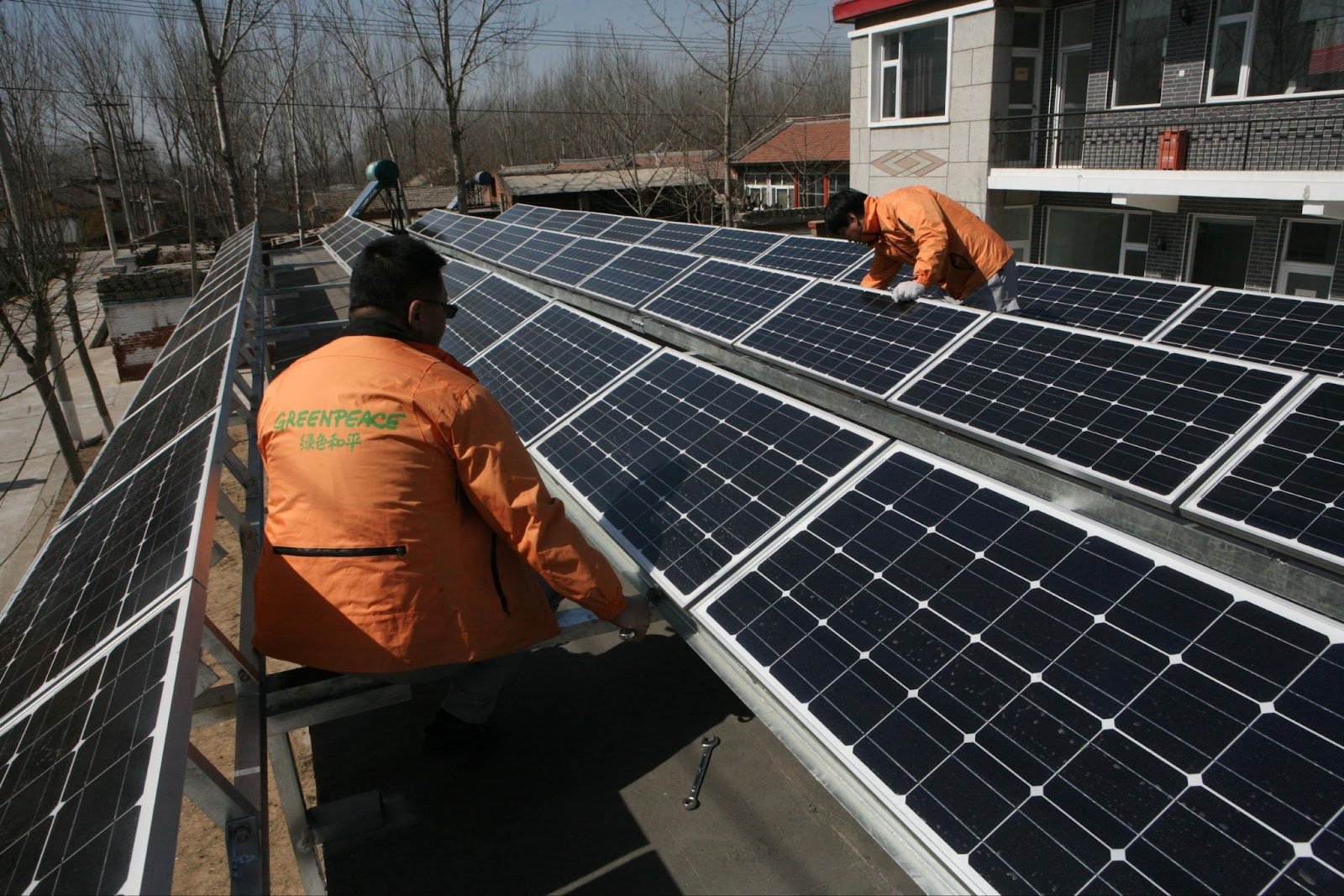Greenpeace East Asia has received a response from Toyota Motor Corporation on November 20 to our open letter concerning the company’s climate change measures, sent on November 7.
Greenpeace had asked three questions concerning:
- Toyota’s greenhouse gas (GHG) emission reduction targets;
- The relationship between battery electric vehicles (BEV) sales targets and GHG reductions; and
- The impact of climate change on vulnerable people and the financial needs of the Global South.
Toyota’s reply (translated from Japanese by Greenpeace East Asia):
Greenpeace Japan
Sam Annesley, Country Director
Toyota Motor Corporation
Koji Sato
President, Member of the Board of Directors
Response to your open letter concerning climate change measures
Thank you very much for your continued interest in our effort to achieve carbon neutrality.
We would like to respond to your questions regarding our climate change measures as follows.
Our company supports the Paris Agreement and is earnestly working to achieve carbon neutrality as a way of realizing our mission of “producing happiness for all,” while gaining an understanding from society, our customers and stakeholders.
We have set our carbon neutrality goals that have been certified by the SBTi in 2022 and are pursuing the multi-pathway approach. We will strive to achieve optimal carbon neutrality which is suitable for individual regions.
Regarding your question, you will find the latest data and information on our initiatives in our Sustainability Data Book, which was updated in October 2024. We would appreciate it if you could take a look at it. The data are updated every year to reflect management plans in a timely manner.
We would like to express our sincere gratitude to Greenpeace Japan for providing the opportunity to engage directly with us on a regular basis. We will continue to exchange views and opinions on issues such as climate change, and hope to strengthen and promote our initiatives.
Last but not least, we understand that your ambition in carbon neutrality and ours remain identical.
We appreciate your continued understanding and advice regarding our efforts.
In response, Greenpeace East Asia campaigner Mariko Shiohata said:
“We would like to express our sincere gratitude to those at Toyota for their response to our letter and effort to engage with civil society.
Our questions were formulated based on a careful reading of Toyota’s Sustainability Data Books. We asked questions whose answers were not found in the Books.
In response to our question about GHG reduction targets, Toyota said that its targets were certified by the SBTi in 2022. However, the current scope of reduction targets set by the SBTi is somewhat limited.
Toyota may have committed to reduce Scope 3 emissions from sold products including vehicles, but this target only applies to emissions intensity. This means that Toyota’s emissions reduction target was developed on the assumption that fuel economy would improve, but does not necessitate an absolute reduction in emissions. Furthermore, a reduction in supply chain emissions, including procurement of steel, is not included in the company’s targets.
Toyota’s Sustainability Data Book points to the “cumulative CO2 emissions reduction effect from the widespread use of electrified vehicles”. (‘Electrified vehicles’ here refers primarily to hybrid vehicles.) However, this statement does not reflect the reality that the company’s total emissions have increased in recent years. Toyota’s total emissions volume in 2021 was 466 million t-CO2. By 2023, Toyota’s total emissions volume had reached 593 million t-CO2. [1] The Book does not provide projections for emissions reductions due to increased sales of BEVs.
In addition, Toyota did not respond to our third question about climate finance and the impact of climate change on vulnerable people.
We will continue to urge Toyota to set ambitious GHG reduction targets that are aligned with global standards, and to take realistic and effective measures to materialize absolute reductions in GHG emissions.”
END
Notes
[1] Toyota Sustainability Data Book October 2024, p. 23 and p. 49.



